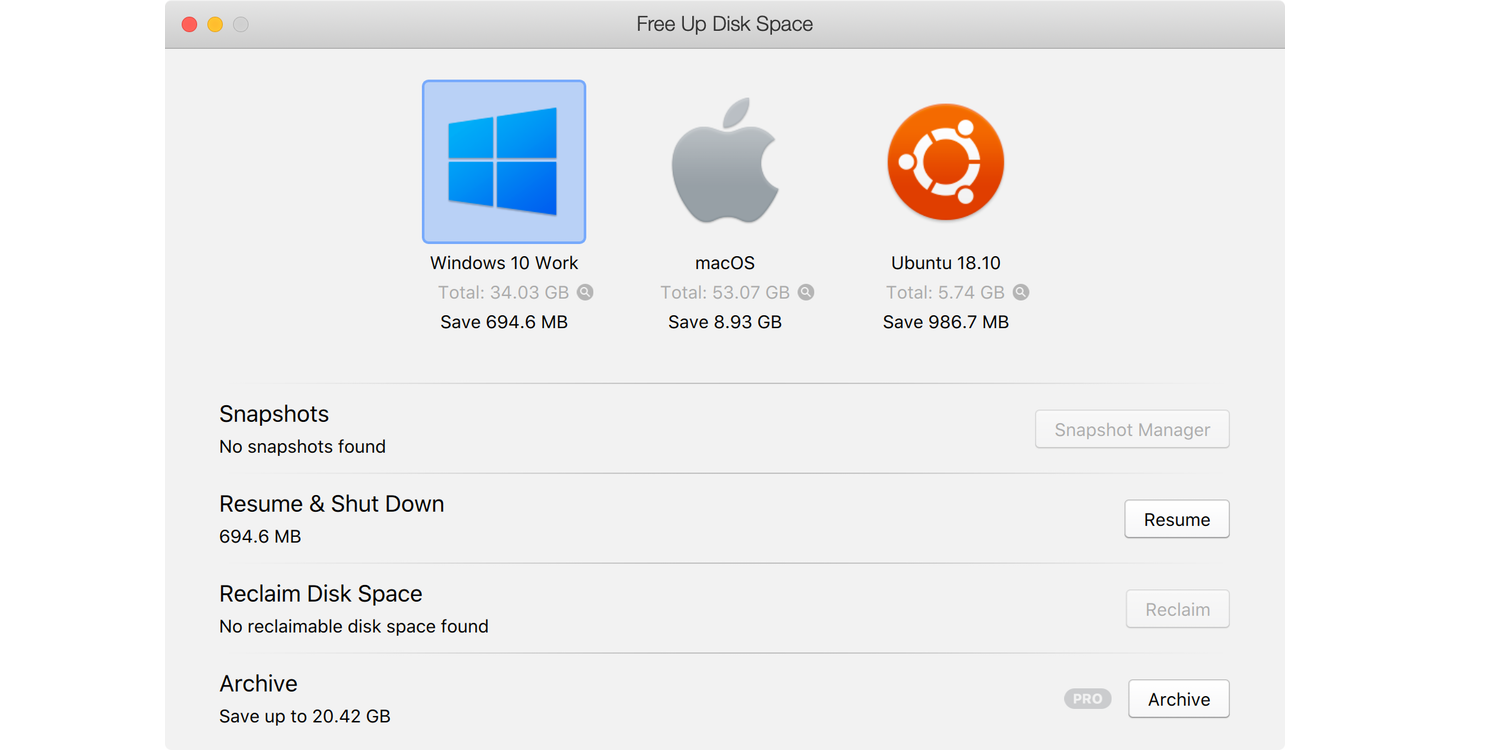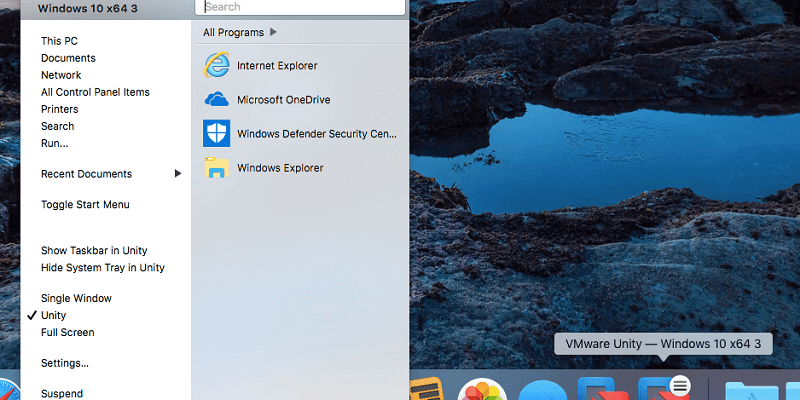

- #Vmware fusion 8 no bootcamp volumes found install#
- #Vmware fusion 8 no bootcamp volumes found pro#
- #Vmware fusion 8 no bootcamp volumes found software#
- #Vmware fusion 8 no bootcamp volumes found license#
You may install and use only one version at one time.
#Vmware fusion 8 no bootcamp volumes found software#
The software may include more than one version, such as 32-bit and 64-bit.
#Vmware fusion 8 no bootcamp volumes found license#
Unless otherwise provided in these license terms, only one user may use the software at a time.ĭ. Unless otherwise provided in these license terms, you may not use the software on any other computer.Ĭ.

You may use the software on up to two processors on the licensed computer at one time. That computer is the "licensed computer."ī. You may install one copy of the software on one computer. That's the case with Windows from the beginning, 1 license, 1 computer.Ī. I don't understand how, in one case, it can figure out VMWare's filesystem just fine while in the other case, it cannot.The physical boot camp partition and the virtual machine are seen as separate machines and for that reason, you need separate licenses for both. # kernel /vmlinuz-2.6.18-194.el5PAE ro root=/dev/VolGroup00/LogVol00 rhgb quiet #title Red Hat Enterprise Linux Server (2.6.18-194.el5PAE)

#title Red Hat Enterprise Linux Server (2.6.18-194.3.1.el5PAE) When I use the following file (with the last lines commented out and a couple other small edits), it attempts to boot the correct kernel but the boot fails with the kernel panic described above: # nf generated by anaconda Kernel /vmlinuz-2.6.18-194.el5PAE ro root=/dev/VolGroup00/LogVol00 rhgb quiet Title Red Hat Enterprise Linux Server (2.6.18-194.el5PAE) Title Red Hat Enterprise Linux Server (2.6.18-194.3.1.el5PAE) Kernel /vmlinuz-2.6.34 ro root=/dev/VolGroup00/LogVol00 rhgb quiet Title Red Hat Enterprise Linux Server (2.6.34) # kernel /vmlinuz-version ro root=/dev/VolGroup00/LogVol00 # all kernel and initrd paths are relative to /boot/, eg.

# Note that you do not have to rerun grub after making changes to this file When I use the following /boot/grub/menu.lst file, everything works perfectly except that it boots into the wrong kernel (2.6.18-194.3.1.el5PAE instead of 2.6.34): # nf generated by anaconda The VM hard disk setting points to the file "Red Hat Enterprise Linux 5.vmdk" with "Bus Type" set to "SCSI", "Disk Size" set to 40Gb and "Split into 2Gb Files" option checked. The virtual machine is allocated 2 processor cores and 2048 MB of memory.
#Vmware fusion 8 no bootcamp volumes found pro#
I am running Red Hat Enterprise Linux Server (2.6.18-194.3.1.el5PAE) under VMWare Fusion Version 3.1.0 (261058) running on a MacBook Pro with OS X v10.5.8 running a 2.8 GHz Intel Core Duo processor with 4GB 1067 MHz DDR3 memory. Kernel panic - not syncing: Attempted to kill init! Switchroot: mount failed: No such file or directory Setuproot: error mounting /sys: No such file or directory Setuproot: error mounting /proc: No such file or directory Setuproot: moving /dev failed: No such file or directory Mount: could not find filesystem '/dev/root' Unable to access resume device (/dev/VolGroup00/LogVol01) Upon reboot, it failed with an error along the lines of: No volume groups found I didn't really change anything in the make menuconfig section.Basically, ran: make menuconfig, make, make modules, make modules_install, make install, reboot.Followed the installation instructions here:.Downloaded kernel version 2.6.34 from.This is my first time compiling the kernel. How do I get the new kernel to recognize the VMWare filesystem? There must be some setting somewhere that lets the Linux installation know that the "hard drive" is not really a drive but actually a file that represents a virtual machine.įirst and foremost, I am no Linux guru. I have compiled the latest kernel and when I reboot my box, it generates a kernel panic related to the filesystem.


 0 kommentar(er)
0 kommentar(er)
